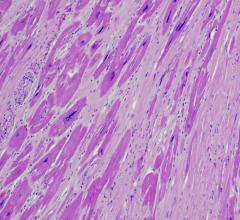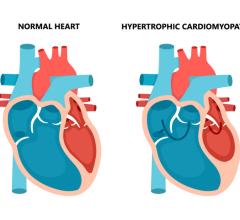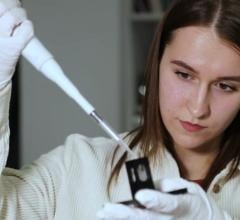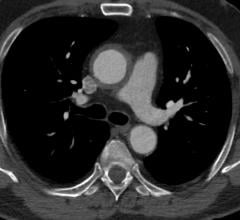
June 21, 2010 – MADIT-CRT trial data shows women receive greater clinical benefit from cardiac resynchronization therapy defibrillators (CRT-Ds) than men, Boston Scientific Corp. announced last week. The results were presented during the 17th Cardiostim World Congress by Jonathan Steinberg, M.D., chief of cardiology and director of the Al-Sabah Arrythmia Institute, St. Luke's-Roosevelt Hospital Center, New York.
The subanalysis demonstrated that both men and women experienced significant benefit from cardiac resynchronization therapy. However, women experienced a 70 percent reduction in heart failure events compared to a 35 percent reduction for men. Additional analysis demonstrated that women with asymptomatic or mild heart failure experienced a 72 percent reduction in all-cause mortality.
"There are a number of factors that may explain why women experienced a greater benefit than men," said Arthur Moss, M.D., professor of medicine at the University of Rochester Medical Center and principal investigator of the MADIT-CRT trial. "CRT-D therapy is designed to improve the heart's overall pumping ability and women are more likely than men to have non-ischemic heart disease, which typically affects the entire heart rather than a single region and can lead to reduced pumping strength, abnormal heart rhythms and disturbances in the heart's electrical system. Men are more likely to have ischemic heart disease, also known as coronary artery disease, which often leads to a more localized impact on the heart."
MADIT-CRT is the world's largest randomized CRT-D study of New York Heart Association (NYHA) Class I and II patients[1], with more than 1,800 patients enrolled at 110 centers worldwide. Results of the MADIT-CRT trial were published in the October 2009 issue of the New England Journal of Medicine. Boston Scientific currently has an application under review with the U.S. Food and Drug Administration for the expansion of its CRT-D indication to include high-risk [2] NYHA Class I and II patients with left bundle branch block.
References:
1. The NYHA clinical classifications of heart failure rank patients as Class I-II-III-IV, according to the degree of symptoms or functional limits, from asymptomatic to bed-ridden. MADIT-CRT patients are asymptomatic or mildly symptomatic, NYHA Class I (ischemic) and Class II (ischemic and nonischemic).
2. High-risk is defined as QRS width greater than or equal to 130 milliseconds with left ventricular ejection fraction less than or equal to 30 percent and left bundle branch block (LBBB). LBBB is a condition in which the activation of the left ventricle is delayed. As a result, portions of the left ventricle contract later than the rest of the left ventricle and right ventricle, reducing the heart's pumping ability.

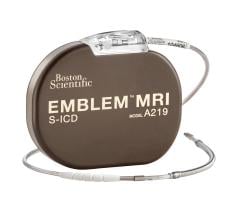
 May 18, 2024
May 18, 2024 



